Festival banners are a vibrant and essential component of event branding and aesthetics, offering a blend of tradition and contemporary marketing. They act as visual anchors, drawing attendees’ attention and imbuing festivals with a unique sense of identity. From music and dance competitions to cultural and food festivals, these banners stand as markers of festivity and celebration. They usually feature full-colour printing and can be customised with a brand name and colour scheme, aiding in creating a cohesive and attractive atmosphere for both participants and visitors.
Historically, banners have been a staple of public gatherings, signifying the importance of an event and denoting spaces of interest. Today, they have evolved to integrate modern printed graphics, offering endless possibilities for customisation. Reflecting the culture and tradition they represent, banners are not just promotional tools but symbols of community and shared experiences. Their strategic placement enhances festival grounds, helping to navigate the flow of the crowd, and their design often encapsulates the spirit of the occasion, becoming a memorable aspect of the festival.
Key Takeaways
- Banners represent festival identity and enhance the event space.
- They connect modern branding with cultural significance.
- Strategic placement aids in navigation and improves experience.
Historical Significance of Festival Banners
Festival banners have often served as a visual narration of cultural identity and history. They are more than mere decorations; they embody the traditions and values of the community.
Cultural Roots
Historically, festival banners have been a potent symbol of cultural pride and identity. In various societies, these banners carried emblematic insignia that signified key historical events, societal values, and collective accomplishments. In Britain, for instance, banners were used to represent trades and craftsmen’s guilds, frequently seen at festivals celebrating patron saints or historical milestones.
Evolution of Festival Banners
The design and use of festival banners have evolved over time to match the changing dynamics of communities and the significance of public celebrations. Initially handcrafted with painstaking detail, banners transitioned into symbols of political and social movements, championing causes from trade union rights to suffrage. The printing revolution later made banners more accessible and prevalent in all manners of public festivities. Nowadays, festival organisers use banners not only to uphold tradition but also as tools for branding and providing information.
Design Principles for Festival Banners
When designing festival banners, one must consider visual impact and cultural relevance to ensure the banner is both engaging and sensitive to its audience.
Choosing the Right Colours
Selecting appropriate colours is paramount for festival banners, as they heavily influence visual appeal and readability. One should opt for contrasting colours to maximise visibility from a distance. Vibrant and colourful palettes tend to attract attention and can evoke the festive atmosphere. However, the use of colours should not sacrifice legibility; hence, a balanced contrast between background and text is essential. Below are examples of colour pairings for effective contrast:
- Bold Red on White: Ideal for immediate attention
- Deep Blue on Yellow: Offers excellent legibility
- Green on White: Reflects a fresh, lively mood
Incorporating Cultural Elements
The inclusion of cultural elements in festival banner design is not only about aesthetics, it’s about respect and recognition. Designers should research deeply to avoid misrepresentation and to showcase cultural symbols accurately and respectfully. Elements such as local motifs, traditional patterns, or iconic cultural imagery can be embedded in the design to resonate with the cultural theme of the festival. These elements should be depicted with precision and authenticity to enhance the connection with the festival-goers and honour the culture celebrated.
- Motifs: Use authentic cultural motifs relevant to the festival
- Imagery: Integrate images that are iconic and representative of the culture
Choosing the right colours and incorporating cultural elements thoughtfully are central to crafting an effective and meaningful festival banner.
Festival Banner Placement and Setup
When arranging festival banners, one must consider both the visibility to the attendees and the practical aspects of installation. Suitable placement and secure fixing are paramount to ensure messages are conveyed effectively.
Strategic Locations
For maximum exposure, banners should be placed in areas of high foot traffic, such as near entrance and exit points, food and drink stalls, and stages. Parade routes are particularly valuable locations, as they draw large crowds and provide extended visibility. Placing banners above tents can also elevate a brand or message above the festival landscape, making them visible from a distance.
- Entrances/Exits: Ensures every attendee sees the banner at least twice.
- Stalls/Stages: Capitalises on stationary or attentive crowds.
- Parade Route: Harnesses the flow of movement for prolonged exposure.
Installation Tips
Banners should be secured safely to withstand elements and large crowds. It’s advisable to use durable materials for banners intending to hang outdoors. When installing a banner, one must ensure that it’s tightly fastened with hem and eyelets to avoid damage or becoming a safety hazard.
- Check Weather Conditions: Use materials resistant to rain and wind if necessary.
- Use Secure Fixings: Heavy-duty ties or bungee cords for resilience against pulling or sagging.
- Visibility Check: After installation, ensure the banner is legible and unobstructed from various angles.
Promotional Activities and Attraction Features
In the realm of festival marketing, certain promotional activities and attractions stand out for their ability to engage guests and create memorable experiences. These features not only draw attendees in but also amplify the event’s reach through participatory and tangible marketing techniques.
Interactive Games
Festivals increasingly incorporate interactive games to captivate the audience. These games often involve a mix of skill and chance, providing a fun and dynamic way for guests to interact with the event and its theme. For example, balloon-popping contests or large-scale board games can captivate participants of all ages, encouraging camaraderie and competition.
Guest Engagements
Guest engagements take centre stage in maintaining high energy levels and enthusiasm throughout the festival. These engagements may include:
- Q&A sessions with artists or performers, fostering a deeper connection between attendees and personalities.
- Opportunities for festival-goers to participate in performances, such as open mic sessions or talent contests, showcasing their own skills.
Promotional Items
The distribution of promotional items serves a dual purpose: they act as a marketing tool and a memento of the experience. Common items include:
- Customised balloons with the festival logo
- Branded merchandise like T-shirts and hats
| Item | Purpose |
|---|---|
| Branded Balloons | Visible, playful reminders of the event’s brand |
| T-shirts | Wearable items that carry the festival’s branding beyond the event |
These promotional materials are designed to keep the festival fresh in the minds of the attendees long after it has ended.
Food and Beverage Integration
Integrating food and beverages into festival banners not only advertises the available options but also enhances the thematic appeal of the event. This visual synergy between the banners and the offerings adds an element of enticement and expectation among attendees.
Themed Drinks
Every festival banner should highlight the signature beverages that embody the spirit of the event. When considering themed drinks, visuals of vibrant, bespoke cocktails or artisanal brews can immediately captivate an audience. For instance:
- Mojitos with a twist, garnished with fresh local herbs
- Craft beers from regional breweries, displayed enticingly in frosted glasses
These should be depicted with high-resolution images or illustrations on the banners to catch the eye and stimulate attendees’ palates.
Food Tents Aesthetics
The design of food tents is crucial; they should echo the overarching theme of the festival. The banners above these tents could display mouth-watering photographs or stylised graphics of the foods served within. Key elements to include in these banner designs might be:
- Bold names of dishes in attractive, readable fonts
- Authentic cuisine images, showing texture and colour
It’s beneficial to ensure that the visibility of tent banners is maximised to draw attendees from across the festival grounds.
Entertainment and Live Performances
In festivals, the incorporation of both live music and stunning firework displays plays a pivotal role in attracting attendees and creating memorable experiences.
Scheduling Live Concerts
When scheduling live concerts, organisers meticulously plan performances to ensure a continuous and varied musical entertainment throughout the event. They consider factors such as genre diversity, artist popularity, and performance length. A sample schedule for a one-day music festival might look like this:
| Time Slot | Stage A | Stage B |
|---|---|---|
| 12:00 PM | Local Indie Band | Up-and-coming DJ |
| 2:00 PM | Folk Trio Showcase | Reggae Ensemble |
| 4:00 PM | Emerging Rock Group | Jazz Quartet Performance |
| 6:00 PM | Pop Artist Spotlight | Electronic Music Set |
| 8:00 PM | Acoustic Singer-Songwriter Act | Classical Crossover Band |
| 10:00 PM | Headliner: Famous Rock Band | Late-Night Dance Music Mix |
*Italicised acts indicate lesser-known artists, while bold denotes headline acts.*
Firework Displays
Firework displays, often the climax of evening festivities, require rigorous safety protocols and precise timing to synchronise with music. These displays involve a selection of pyrotechnics that illuminate the night sky, choreographed to create a visual and auditory spectacular. Experienced pyrotechnicians follow a detailed firework itinerary:
- Setup and Safety Check: Thorough inspection and preparation of the launch site occur hours before the event.
- Countdown and Launch: A coordinated sequence begins the display, often in tandem with the festival’s musical climax.
- Finale: The display concludes with a breathtaking finale, featuring the most elaborate fireworks, leaving attendees in awe.
Each display is unique, tailored to the theme of the festival and the accompanying music.
Post-Event Analysis and Sustainability
Post-event analysis plays a critical role in enhancing sustainability. It provides insights into banner reusability and the event’s overall environmental impact.
Banner Reusability
Reusable banners are essential for sustainable event planning. Organisers should opt for durable materials and universal messages that facilitate multi-event use. Parameters such as the banner’s fabric, ink, and design must be chosen to enhance longevity. Banners with date-specific information should be avoided unless they include interchangeable elements that can be updated for future events.
Environmental Considerations
The environmental impact of banners should be assessed post-event through waste management analysis. Key performance indicators (KPIs) include the reduction of material sent to landfills and the increase in recycling rates. Alternatives such as biodegradable materials or banners that can be repurposed must be considered. Organisers should work closely with suppliers to ensure that sustainability standards are met through eco-friendly practices.
Frequently Asked Questions
When it comes to festival banners, there are specific concerns regarding design, material, size, and regulations.
How can one create a custom-designed banner for a music festival?
One can create a custom-designed banner for a music festival by utilising online design platforms or working with professional printing services that offer personalised options. They can incorporate festival themes, logos, and vibrant visuals to enhance brand visibility and encourage social media sharing.
What are the dimensions for a standard festival banner?
Typically, the dimensions for a standard festival banner can vary, but common sizes include 2 metres by 1 metre or 3 metres by 1.5 metres. The size might be adjusted based on the specific requirements of the festival or the space available for banner placement.
Which materials are best suited for outdoor festival banners?
Materials such as PVC, vinyl, or fabric mesh are best suited for outdoor festival banners due to their durability and resistance to weather conditions. These materials ensure the banners can withstand elements like wind, rain, and prolonged sun exposure.
What are some creative ideas for designing a festival flag?
Creative ideas for festival flags include using bright, contrasting colours or fluorescent materials for visibility and incorporating elements that reflect the festival’s spirit, like iconic symbols or playful patterns. Interactive elements like QR codes can also be added to engage attendees.
How does one hire or purchase flags for a festival in the UK?
To hire or purchase flags for a festival in the UK, one can contact a supplier specialising in event signage. These suppliers often offer a range of options from pre-designed to custom flags and can provide guidance on the best options for the festival’s needs and budget.
What are the regulations for flag pole sizes at festivals?
The regulations for flag pole sizes at festivals can vary depending on the event’s location and its specific rules. It is common for festivals to have height restrictions to ensure safety and visibility for all attendees, so it’s advised to check with the festival organisers before installing any flags or poles.


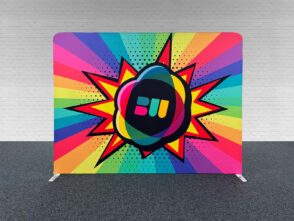
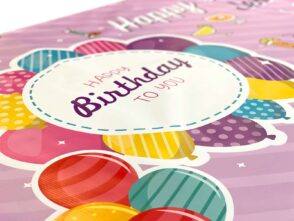
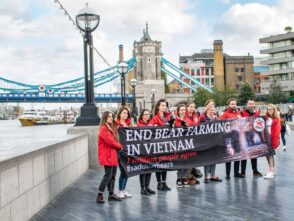
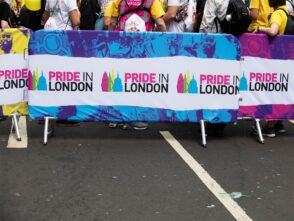

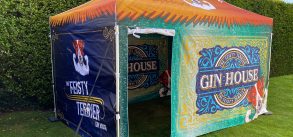
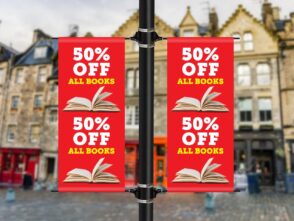
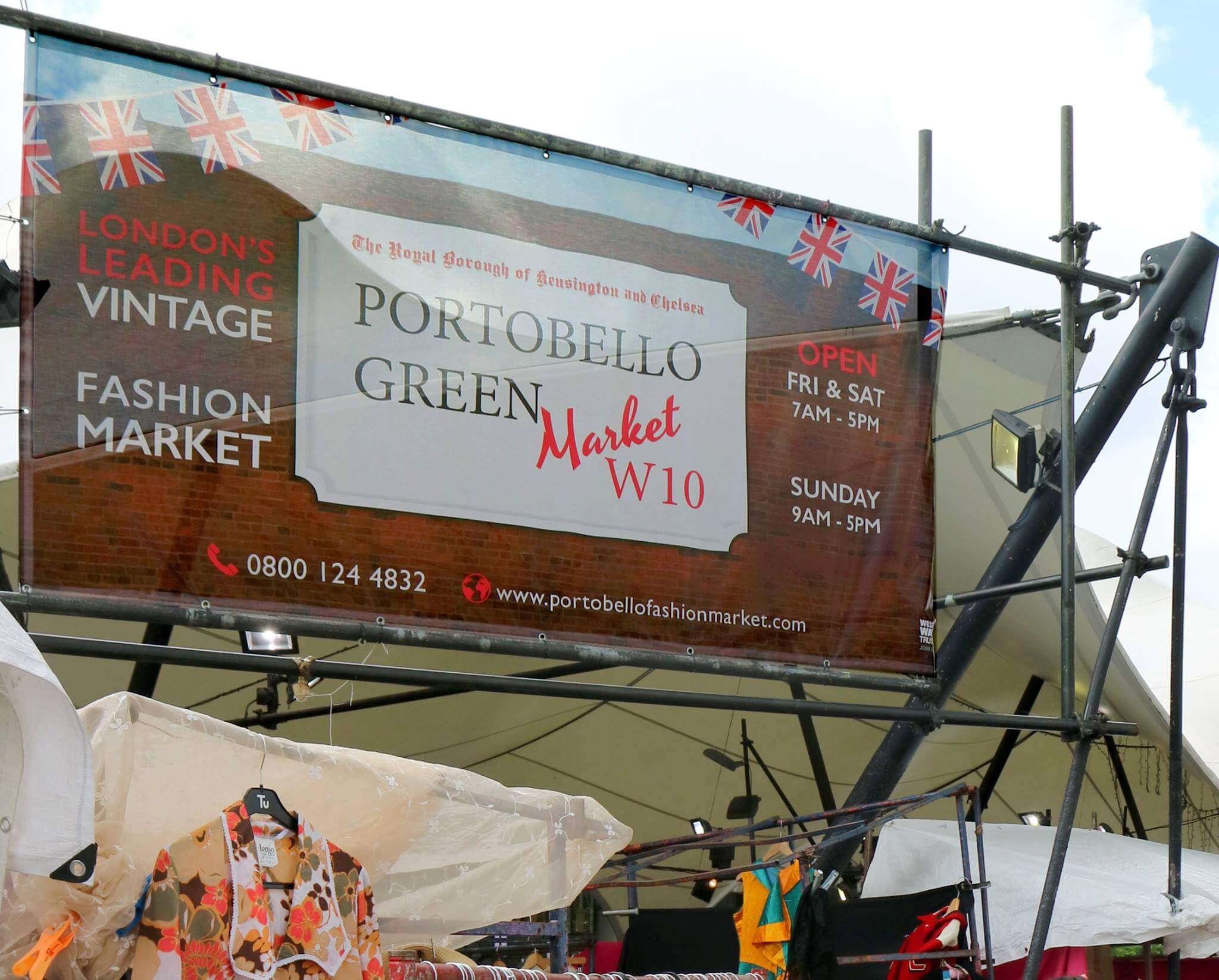

Leave a Reply
You must be logged in to post a comment.